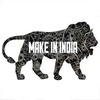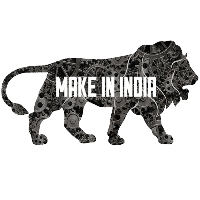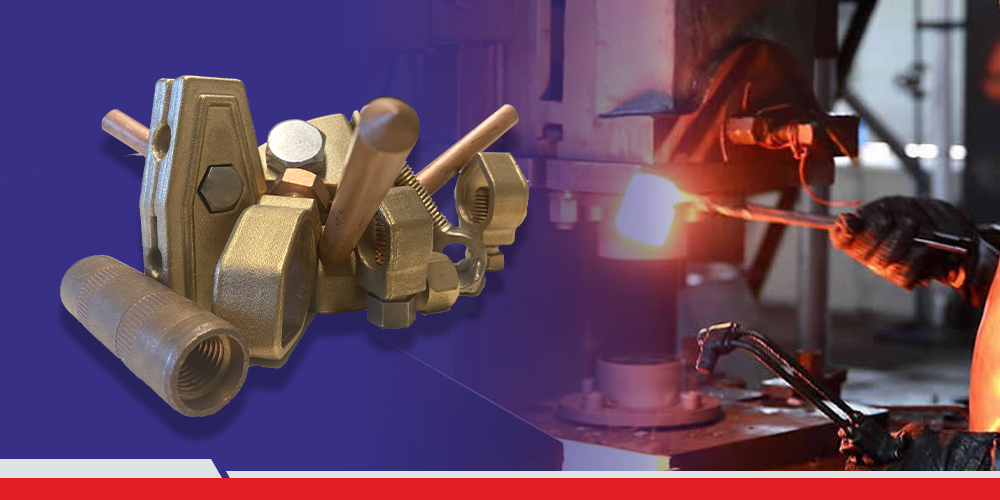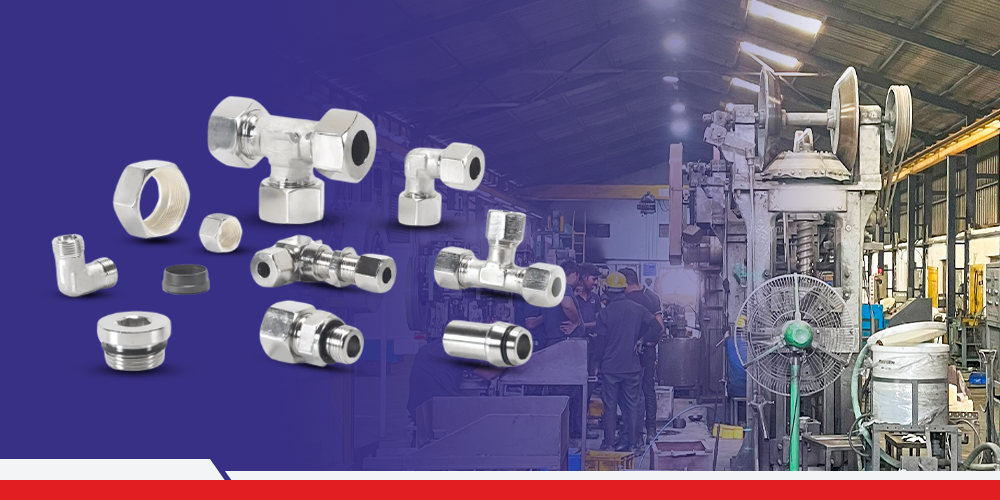Sales Inquiry
Forged Gears: The Optimal Machine Part for Transferring Power
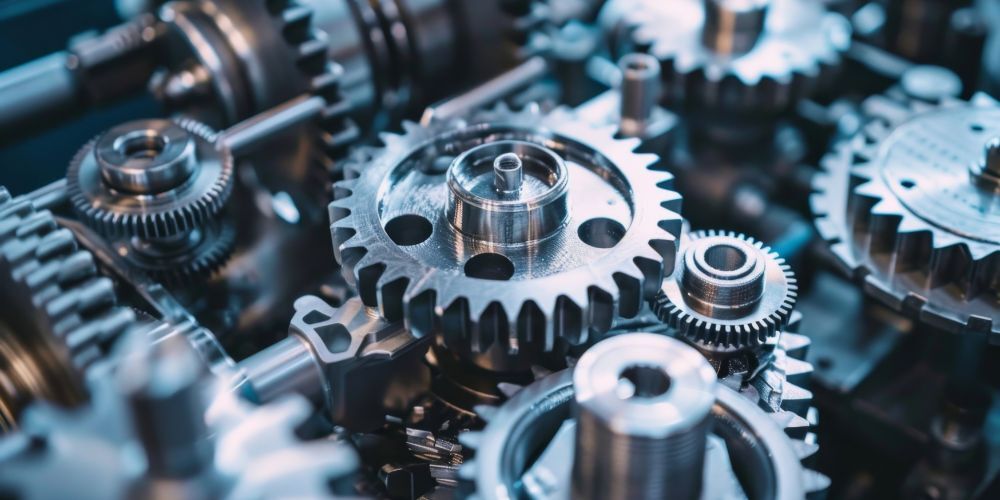
The world runs on gears. These ubiquitous components are the workhorses of countless machines, transmitting power and motion with relentless efficiency. But not all gears are created equal. When your application demands the absolute best in strength, durability, and performance, forged gears are a clear choice.
What are Forged Gears?
Forged gears are manufactured through a metalworking process called die forging. Here, a heated metal billet is shaped using powerful presses and specialized dies. This intense pressure compresses the metal grain, resulting in a gear with exceptional strength and fatigue resistance.
There's a reason why forged gears are the preferred choice in demanding applications. Let's explore some of their key advantages:
- High Strength: Forged gears boast superior strength compared to cast or machined gears. This allows them to handle heavier loads and higher torque without compromising performance.
- Long Life: Due to their robust construction and improved fatigue resistance, forged gears offer a significantly longer lifespan, reducing maintenance costs and downtime.
- Improved Power Density: By allowing for thinner yet stronger gear designs, forging optimizes power density. This translates to more compact and efficient machines.
- Near-Net Shape: Forging produces gears close to their final dimensions, minimizing the need for extensive machining. This not only reduces waste but also streamlines the manufacturing process.
- Design Flexibility: The forging process offers greater design freedom compared to other methods. This allows for the creation of intricate gear geometries and customized features.
Applications of Forged Gears:
The exceptional strength and durability of forged gears make them ideal for a wide range of applications, including:
- Automotive Transmissions: Forged gears handle the immense power and torque generated by modern engines, ensuring smooth and reliable transmission operation.
- Power Generation: Whether it's wind turbines, hydroelectric dams, or thermal power plants, forged gears play a critical role in transmitting power efficiently.
- Wind Turbines: In wind turbines, forged gears withstand the relentless wind loads, ensuring reliable power generation.
- Oil and Gas Industry: From drilling rigs to pipelines, forged gears are essential for safe and efficient operation in the demanding oil and gas industry.
- Construction Equipment: Construction equipment endures harsh conditions and heavy loads. Forged gears ensure the reliable operation of critical components like excavators and cranes.
Types of Forged Gears:
Forged gears come in a variety of shapes and sizes to suit different applications. Common types include:
- Spur Gears: These straight-toothed gears transmit power between parallel shafts.
- Helical Gears: Helical gears feature angled teeth that provide a smoother and quieter operation compared to spur gears.
- Bevel Gears: Bevel gears transmit power between shafts at an angle.
- Worm Gears: These gears offer high torque reduction and are ideal for applications requiring high mechanical advantage.
- Rack and Pinion: This system translates rotary motion into linear motion and is used in various applications like steering mechanisms.
The Forging Process:
The forging process for gears involves several key steps:
- Gear Blank Heating: The metal billet is heated to a specific temperature to enhance its workability.
- Die Forging: The heated billet is placed between specially designed dies and subjected to immense pressure, shaping it into the desired gear form.
- Trimming and Finishing: Excess material is removed, and the gear is finished to meet precise dimensional tolerances.
Advantages of Forged Gears over Other Manufacturing Methods:
Compared to casting or machining, forged gears offer several advantages:
- Superior Grain Structure: The forging process refines the metal grain structure, resulting in a more robust and fatigue-resistant gear.
- Improved Fatigue Strength: Forged gears exhibit significantly higher fatigue strength, meaning they can withstand repeated stress cycles without failure.
- Dimensional Accuracy: Forging allows for precise dimensional control, eliminating the need for extensive post-processing.
- Cost-effective for High-Volume Production: While the initial setup cost for forging might be higher, for high-volume production runs, the efficiency and reduced waste make forging a cost-effective choice.
Conclusion:
Forged gears represent the pinnacle of gear manufacturing technology. Their superior strength, durability, and design flexibility make them the ideal choice for critical applications across various industries.
Ready to Leverage the Power of Forged Gears?
If your project demands the best in performance and reliability, consider incorporating forged gears into your design. Contact us today to discuss your specific needs and explore how forged gears can optimise your machine's performance.

